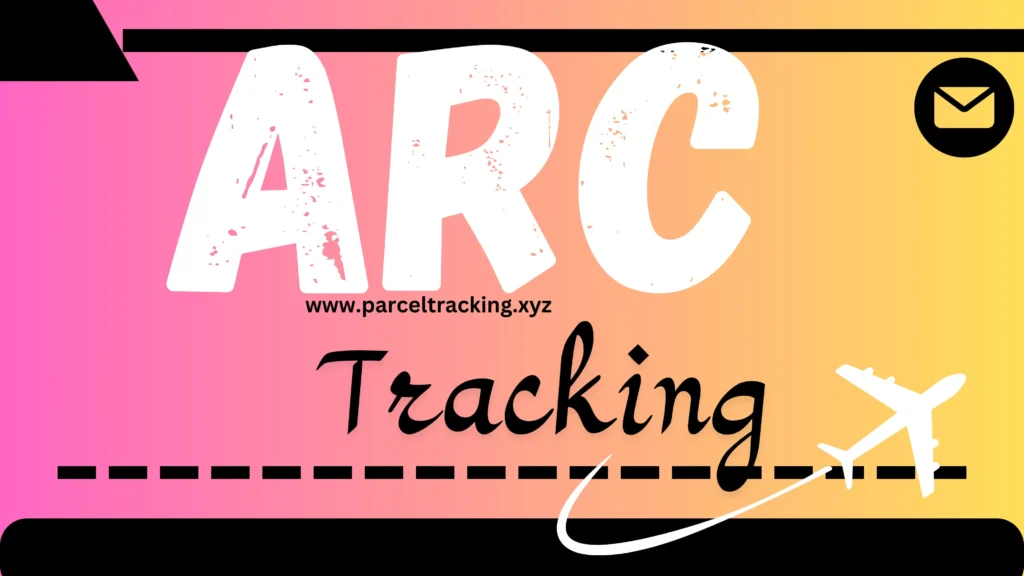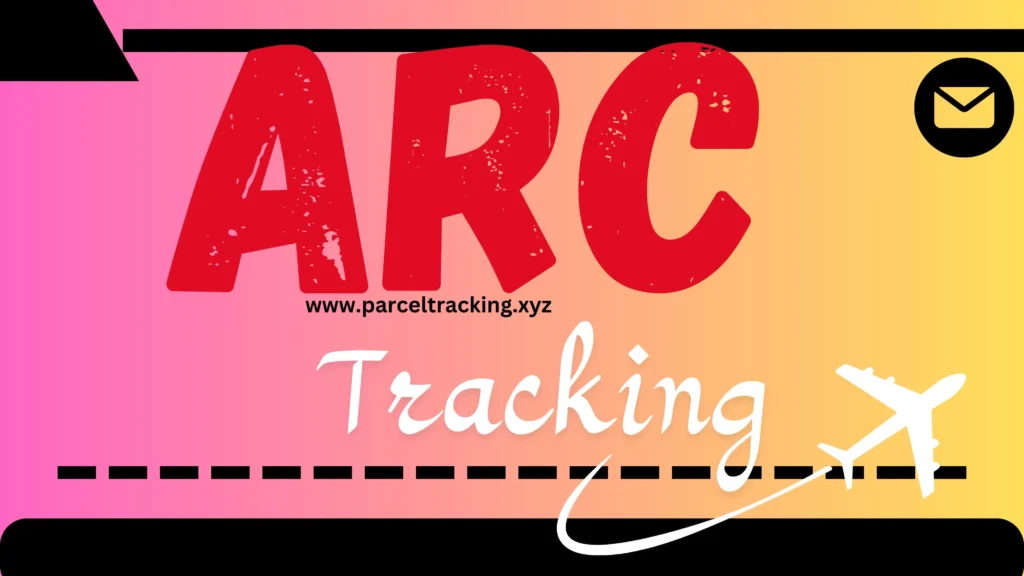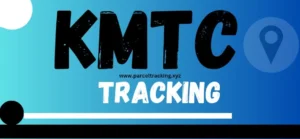One thing that often gets overlooked when we talk about electrical safety is Arc Tracking. This can happen in electrical wires and systems, and it’s important to understand. Think of arc tracking as a hidden path of electricity that shouldn’t be there – like water finding a secret way through rocks.
What Exactly Is Arc Tracking?
Arc tracking happens when electricity makes a dangerous path across insulation materials. Imagine you have a wire covered in protective material (that’s the insulation). Usually, this covering keeps the electricity safely inside the wire. But sometimes, this covering can get damaged or worn out, letting the electricity escape and creating a path where it shouldn’t go.
Why Should We Care About Arc Tracking?
The reason we need to pay attention to arc tracking is simple – it can be really dangerous. When electricity travels where it’s not supposed to go, it can cause:
- Fires that start unexpectedly
- Damage to important electrical equipment
- Safety risks for people nearby
- Power failures in buildings and machines
How Arc Tracking Happens
Let’s break down how arc tracking usually starts. First, there needs to be some kind of problem with the wire’s protective covering. This might happen because:
- The wire gets old and starts wearing out
- Something rubs against the wire and damages it
- Heat makes the covering break down
- Dust and dirt build up on the wire
Once there’s damage, electricity can start leaking out. When this happens, it creates something called a “carbon track.” This track is like a tiny path that electricity can follow, and once it starts, it usually gets bigger over time.
Places Where Arc Tracking Often Happens
Arc tracking tends to show up in certain places more than others. These include:
Inside Buildings
- Behind walls where wires run
- In attics and crawl spaces
- Near electrical outlets and switches
In Machines and Equipment
- Inside control panels
- Around motor connections
- In places where wires bend a lot
Outside
- On power lines
- In outdoor electrical boxes
- Around street lights
Signs of Arc Tracking
It’s important to know what to look for when it comes to arc tracking. Here are some common signs:
Visual Clues
- Black marks on wires or insulation
- Melted spots on wire coverings
- Burn marks around electrical connections
- Discolored or darkened areas near wires
Other Warning Signs
- Strange electrical smells
- Buzzing or crackling sounds from wires
- Circuits that keep turning off
- Lights that flicker for no reason

Why Arc Tracking Is Dangerous
The dangers of arc tracking are pretty serious. Here’s what can happen:
Fire Risks
When arc tracking occurs, it creates heat. This heat can build up until something catches fire. The scary part is that these fires can start inside walls where nobody can see them right away.
Electrical Problems
Arc tracking can make electrical systems stop working properly. This might mean:
- Equipment breaking down
- Power going out unexpectedly
- Damage to expensive electrical components
Safety Concerns
People can get hurt if they touch something affected by arc tracking. The electricity might:
- Cause shocks
- Create burns
- Start fires that put people in danger
Preventing Arc Tracking
The good news is that there are ways to prevent arc tracking from happening. Here’s what can be done:
Regular Inspections
- Check wires regularly for damage
- Look for signs of wear and tear
- Pay attention to any burning smells
- Listen for unusual electrical sounds
Proper Installation
- Use the right kind of wires
- Install electrical systems correctly
- Make sure connections are tight
- Keep wires away from things that could damage them
Maintenance Tips
- Clean dust and dirt from electrical areas
- Fix damaged wires right away
- Replace old wiring before it causes problems
- Keep moisture away from electrical components
What to Do If You Find Arc Tracking
If you think you’ve found signs of arc tracking, here’s what to do:
- Don’t touch the affected area
- Turn off power to that part of the system
- Call a qualified electrician
- Document where you found the problem
Professional Solutions
When professionals deal with arc tracking, they use special tools and methods:
Testing Equipment
- Special cameras that can see heat
- Devices that measure electricity flow
- Tools that check wire insulation
Repair Methods
- Replacing damaged wires
- Installing better protection
- Fixing underlying problems
- Adding safety devices
Latest Technology for Prevention
Scientists and engineers have created new ways to prevent arc tracking:
Modern Materials
- Better wire coverings
- Stronger insulation
- Materials that resist heat better
Safety Devices
- Arc fault circuit interrupters
- Smart monitoring systems
- Automatic shutoff switches

Industry Standards and Rules
There are rules about how to prevent arc tracking:
Building Codes
- Requirements for wire installation
- Rules about electrical safety
- Standards for materials
Safety Guidelines
- How often to check systems
- What kind of protection to use
- When to replace old wiring
Conclusion
Arc tracking is a serious electrical safety issue that needs attention. By understanding what it is, how to spot it, and how to prevent it, we can keep our homes and buildings safer. Remember that electricity needs to be treated with respect, and any electrical problems should be handled by professionals who know what they’re doing.
Remember these key points:
- Check your electrical systems regularly
- Fix problems as soon as you find them
- Don’t try to repair electrical issues yourself
- Keep learning about electrical safety
By following these guidelines and staying aware of the risks, we can help prevent arc tracking and keep our electrical systems working safely and properly.
Frequently Asked Questions About Arc Tracking
1. What is arc tracking and why should I worry about it?
Arc tracking happens when electricity creates an unwanted path across or through insulation materials. Think of it like water finding its way through tiny cracks in a dam. It’s important to worry about arc tracking because it can start fires, damage expensive equipment, and create dangerous situations where people might get hurt. The scary part is that it often happens slowly and quietly, making it hard to notice until there’s a serious problem.
2. How can I tell if arc tracking is happening in my home?
You can spot several warning signs of arc tracking. Look for black or brown marks on wires or around electrical outlets – these are like scorch marks from electricity leaking where it shouldn’t. You might also notice strange burning smells, hear buzzing sounds from your walls, or see lights flickering without any clear reason. If your circuit breakers keep tripping or you find melted spots on wire coverings, these could also mean arc tracking is happening.
3. Can old wiring in my house cause arc tracking?
Yes, old wiring can cause arc tracking. As wires get older, their protective covering (insulation) can become brittle and crack, just like how an old rubber band gets dry and breaks. Heat, movement, and even normal aging can make wire insulation break down over time. Houses that are more than 30 years old might have wiring that’s more likely to develop arc tracking problems, especially if the wiring hasn’t been updated.
4. Is arc tracking different from a regular short circuit?
While both are electrical problems, arc tracking is different from a regular short circuit. A short circuit is like a sudden electrical “shortcut” that happens all at once – like when two bare wires touch each other. Arc tracking, on the other hand, develops slowly over time as electricity creates a path through damaged insulation. It’s more like a gradual wearing away that creates a permanent path for electricity to leak through.
5. Do I need special insurance coverage for arc tracking damage?
Most home insurance policies cover damage caused by electrical fires, including those started by arc tracking. However, it’s important to understand that insurance companies might not cover damage if they find out you knew about electrical problems but didn’t fix them. They might also pay less if your wiring is very old or wasn’t installed correctly. It’s a good idea to talk to your insurance company about what exactly they cover.
6. How often should I have my wiring checked for arc tracking?
Experts recommend having a professional electrician check your wiring at least once every 3-5 years for signs of arc tracking and other electrical problems. However, if your home is older (more than 30 years), you live in an area with lots of dust or humidity, or you notice any warning signs, you should get checks more often – maybe every 1-2 years. Think of it like getting regular check-ups at the doctor – it’s better to catch problems early.
7. Can arc tracking happen in new buildings too?
Yes, arc tracking can happen in new buildings, though it’s less common. Even new wiring can develop problems if it’s not installed correctly, gets damaged during construction, or faces harsh conditions. For example, if wires are bent too sharply during installation, or if they’re pinched by building materials, this could lead to arc tracking even in brand-new wiring. That’s why proper installation is so important.
8. What’s the difference between arc tracking and electrical arcing?
While they’re related, they’re not the same thing. Electrical arcing is when electricity jumps through the air between two points, like a tiny lightning bolt. Arc tracking happens when electricity creates a permanent path through insulation, usually leaving behind a carbon trail. You could say that arc tracking is what happens when electrical arcing keeps happening in the same place and creates a lasting path for electricity to follow.
9. Can weather conditions make arc tracking worse?
Yes, weather can affect arc tracking. High humidity makes it easier for electricity to flow where it shouldn’t, and extreme temperatures can damage wire insulation. Salt in the air (like near the ocean) can also speed up arc tracking by making surfaces more conductive. Even changes in temperature between day and night can cause wires to expand and contract, potentially creating tiny cracks where arc tracking can start.
10. What should I do right away if I suspect arc tracking?
If you think you have arc tracking, follow these steps:
- Don’t touch any suspicious wires or electrical equipment
- Turn off power at the main circuit breaker if you can safely reach it
- Call a licensed electrician right away – don’t wait
- Stay out of areas where you notice problems
- If you smell smoke or see sparks, call the fire department immediately
Think of arc tracking like a slow-burning fire – it’s not something you should try to fix yourself or ignore hoping it will get better. Always get professional help to deal with electrical problems safely.




The article is eye-opening and challenging. Thanks for sharing your unique perspective on this topic.
I like your approach of writing. Your blog is polished and interesting.